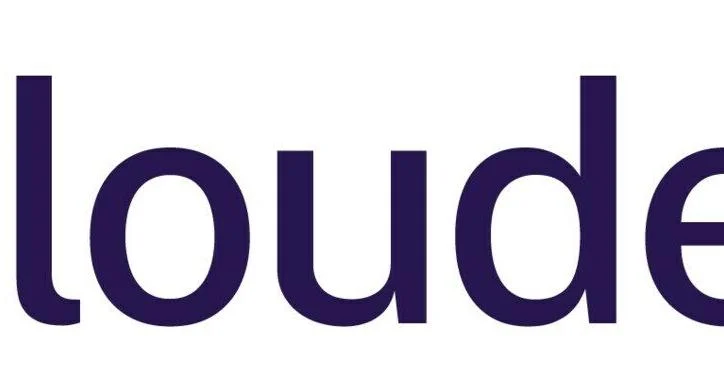
As an eventful year in 2025 marches toward the final stretch, the broader economy has been hit with several headwinds, ranging from the geopolitical impacts of tariffs to a weakened labor market. Subsequently, many experts fear that the U.S. may soon face stagflation. But despite the myriad warning signs, one sector consistently fails to get the memo: technology.
Since the start of the year, the benchmark Technology Select Sector index has gained roughly 20%. In contrast, the S&P 500 — which is no slouch — has moved up around 12% during the same frame. Of course, individual players, such as enterprise software giant Oracle Corp (NYSE: ORCL), have captured most of the attention. For example, ORCL stock finds itself up nearly 75% since its January opener.
It’s not just technical momentum fueling the impressive rise. In Oracle’s most recent financial disclosure, the software juggernaut actually failed to meet expectations on both the top and bottom lines. Nevertheless, ORCL stock skyrocketed following the key announcement due to the underlying growth expectations. With a contract backlog rising 359% to $455 billion, the print demonstrated that artificial intelligence commands a longer-than-anticipated runway.
Still, the bullish narrative for the tech space isn’t without criticism. Speaking of Oracle, its equity was indirectly responsible for dragging down the market during the Sept. 25 session. Specifically, analysts at Rothschild & Co. Redburn initiated coverage of ORCL stock with a Sell rating, warning that the security could suffer a 40% pullback.
The reason? Investors may be overstating how much the company’s AI deals will boost the underlying cloud business.
Overall, the biggest fear may be that too much enthusiasm may be concentrated in a painfully small minority of enterprises. Yes, investors may cheer the tremendous performance of the so-called Magnificent Seven, an elite group of tech giants that have recently combined to reach a market capitalization of nearly $21 trillion.
However, extreme success can also be a curse, in part because investors can get accustomed to flashing green ink. When the hit is no longer as robust, a corrective spell may materialize as market participants rotate into other sectors perceived to be more promising.
The Direxion ETFs: With both sides offering compelling arguments, those interested in speculating on the tech sector have a convenient mechanism to do so. Financial services provider Direxion offers two countervailing products, with both featuring extreme leverage.
For the optimists, the Direxion Daily Technology Bull 3X Shares ETF (NYSE: TECL) seeks the daily investment results of 300% of the performance of the aforementioned Technology Select Sector. On the other end, skeptics may consider the Direxion Daily Technology Bear 3X Shares ETF (NYSE: TECS), which tracks 300% of the inverse performance of the tech index.
Easily, one of the top attributes of Direxion’s leveraged and inverse products is the ability to foster speculation without having to use derivative mechanisms such as options. Another overlooked advantage is that these ETFs are debit-based transactions. Unlike credit-based trades, the speculator is not subject to tail risk, which is the threat of an ever-rising obligatory payment as the underwritten risk gets realized to the extreme ends of the distribution.
That’s a fancy way of saying that ETF unitholders’ risk is limited to what they put into the trade.
Still, prospective participants must exercise extreme caution with leveraged and inverse ETFs. For one thing, these products tend to be far more volatile than funds tracking major indices such as the Nasdaq Composite. Second, Direxion ETFs are designed for exposure lasting no longer than one day — and that’s especially the case for 3X-leveraged funds. Otherwise, going beyond the recommended holding period may expose stakeholders to decay tied to the daily compounding effect.
The TECL ETF: An outperformer due to the tech sector’s many strengths, the TECL ETF has gained nearly 32% since the beginning of this year.
Momentum appears favorable, with TECL’s price action standing well above the 50-day and 200-day moving averages. Also, it’s positioned above the 20-day exponential moving average.
Since early this year, it’s possible that the TECL ETF may be charting a cup-and-handle formation. If so, this chart pattern may be signaling bullish moves ahead.
The TECS ETF: Skeptics of the innovation ecosystem haven’t had much to smile about, with the TECS ETF losing about 58% of market value this year.
In contrast to its bullish counterpart, the ultra-inverse fund sits firmly below the aforementioned moving averages, indicating an erosion of momentum.
What’s noteworthy, especially in contrast to TECL, is that the TECS ETF has seen a rise in accumulative volume. As such, more people could be joining the bearish side.



